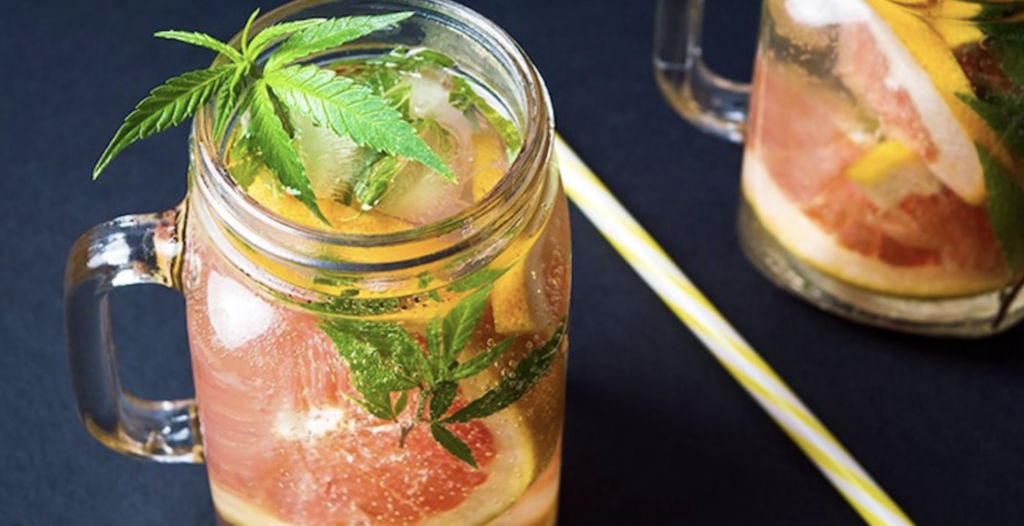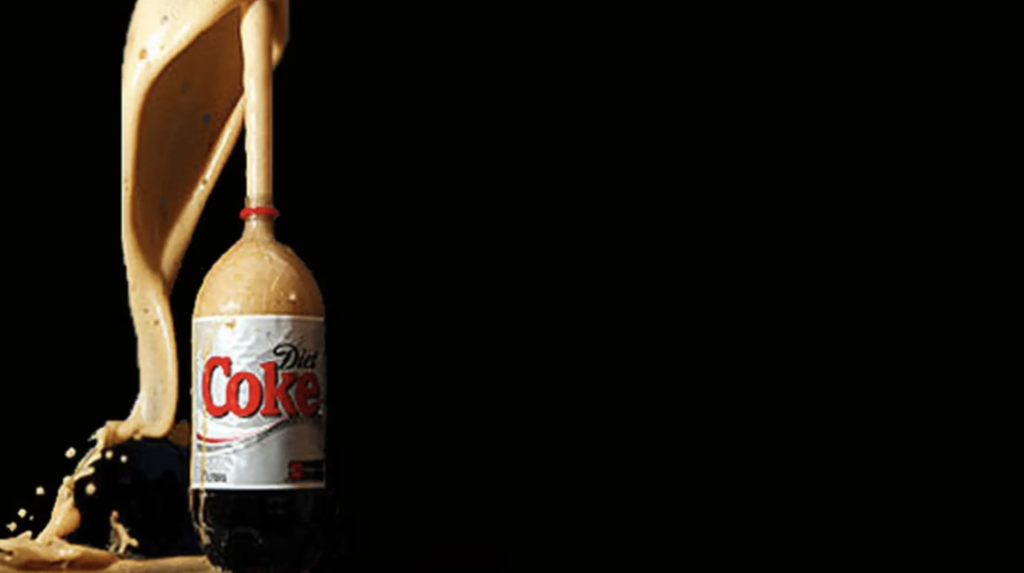This is an awkward time for Minnesota’s brand-new marijuana legalization law. Currently, it’s legal to use marijuana, grow marijuana plants at home, and keep up to two pounds of it. At the same time, it’s illegal to buy or sell it.
However, it is still legal to buy and sell hemp-derived products, which, by the way, have the same intoxicating impact on a user as marijuana-derived products.
It all makes perfect sense, right?
Actually, it does. Or at least it will. Minnesota is wisely taking time to get its regulatory framework built before it starts letting stores sell cannabis, but the new framework will eventually make good sense.
Mostly.
Most components of the law are logical. Beyond the fact that I worry state politicians may have taxed marijuana products at too high of a rate to allow legal products to put the black market out of business, Minnesota Public Radio recently revealed a particularly wacky provision in the weed law:
A pending update limits use of both hemp-derived THC products and marijuana to adults age 21 and older, but it says establishments can’t serve someone both alcohol and THC products during the same visit.
Under the new law, if the bar knows that a customer has had a marijuana-based beverage within five hours, they’re not allowed to sell them an alcoholic drink, and vice versa. To manage this legal mandate, some bars say they will have THC drink customers wear wristbands or get ink stamps.

To be clear, Minnesota’s bars can still sell you multiple shots of alcohol in a row. Or they can sell multiple THC drinks in a row. That kind of dangerous selling is legal.
However, bars can’t legally sell you one beer and one THC seltzer in a single sitting or they run afoul of the law.
This makes no sense. Total speculation here, but I can imagine this provision being inserted to win over the vote of a holdout state legislator who had an uninformed hunch that mixing alcohol and THC might be super-duper intoxicating as if the two drinks were the intoxicant equivalent of coke and Mentos.

Obviously, the THC impact on bar customers will be somewhat different than the alcohol impact. After all, the impacts of different kinds of alcoholic drinks — beer, wine, straight shots, and mixed drinks — vary a bit in their intoxicating impact too. Therefore, mixing THC and alcoholic drinks will create a somewhat new sensation for people to learn to manage.
But the impact of mixing drinks that are derived from different plants – grapes, hops, potatoes, grains, juniper, cannabis, sugar cane, agave — isn’t different enough to warrant strict segregation of usage. It puts a regulatory burden on bars and the state that delivers little to no public benefit. This ill-conceived provision should be eliminated the next time the Minnesota Legislature adjusts this law.

After visiting several Tree House breweries in Massachusetts, where you can only drink 3 beverages per day amongst their several locations, it ain’t rocket science no more, nor, if you have friends who drink none or less, not that hard to work around. That said, it does involve IDs at the door, wristbands that at least theoretically get marked with each beverage, and more phone/computer use than for local breweries. That said, the reward is you can drink three Tree House beers and buy more to take home.
The cannabis-infused drinks derived from low-percentage-THC cannabis (industrial hemp, a.k.a. “ditched”) are themselves an economic artifact of legislative ignorance, if not actually originating from any more discreditable cause or motivation. But setting that aside, and simply consiodering the matter you raised, my opinion is that caution is in order, although you’re right that this odd provision places an unrealistic and awkward regulatory demand on retail establishments. Because of lawmakers’ fanatical aversion to smoking or vaping of any substance in any form, they’ve promoted the production and consumption of purified THC in edible/potable forms. There are serious adverse consequences potentially arising from this method of ingestion of cannabis: 1., there is less sensitive control of dosage than one obtains with smoking or vaping, where the consumer can readily gauge and titrate the degree of psychoactive effect she experiences, and this lack of precision combines with the much greater time-delay in feeling these effects with the result that the consumer may miscalculate and end up ingesting more active ingredient than she is comfortable with. 2. the use of extracted, isolated THC gives a different quality of “high” than the use of the natural herbal plant material, where the blending of several different cannabinoids creates what Dr. Mechoulam called an “entourage effect,” a synergistic, typically more pleasant subjectively and less incapacitating physically or psychologically than edible/potable THC products. 3. While cannabis ingestion in and of itself usually doesn’t create a driving risk anywhere near comparable to the consequence of drinking alcohol, according to NTSB surveys, there is apparently a distinctly increased safety risk when both cannabis and alcohol are taken together. Cannabis can impair some visual perceptions, time sense, and short-term memory, but experienced users often consciously compenstae for those effects. But stir in some ethanol, which dissolves inhibtions and distorts one’s judgement, and a person attempting to drive is likely to be significantly more at risk of an accident than if only under the influence of weed alone or booze alone.
Credible education would be the wisest way to cope with the difficulties, especially in the absence of a reliable cannabis-intoxication quantified detection method.
The expression in my post above should be “a.k.a. ditchweed” but the wretched computer altered it after I typed it and I didn’t notice until too late.
Agree that edibles and smoking have different impacts, just as different types of alcohol have different types of impacts. So, yes, people used to smoking will have a learning curve if they want to try edibles and drinkables, and vice versa. I have asthma, so smoking or vaping isn’t for me.
I just think that we should let adults figure out how to responsibly manage the different types of intoxicants, just as we do with other types of alcohol, rather than legally banning people from consuming two different types of intoxicants in one sitting.
Hopefully, long term, legalization will allow for the measurement and codification of levels of THC, allowing consumers to determine just how high they want to get. My guess is that big tobacco companies have been working on this for some time, and as soon as THC is legal on the federal level, they will start to codify the whole THC experience.
One of the effects of this will be to drive the little guys out of buisness. Basically, this is what happened in the food industry when food safety laws started being passed. Federal regulation is expensive to comply with. Little guys will have a hard time affording all the record keeping and form filling, but that is what will be required to make a uniform cannabis product that is safe and predictable.
I agree that it will inevitably head in that direction, but I hope that antitrust regulators will be awake at the wheel and it will go from thousands of competitors to dozens, instead of from thousands to something like two. I’m all for safe and predictable, but competitive and affordable are needed too.